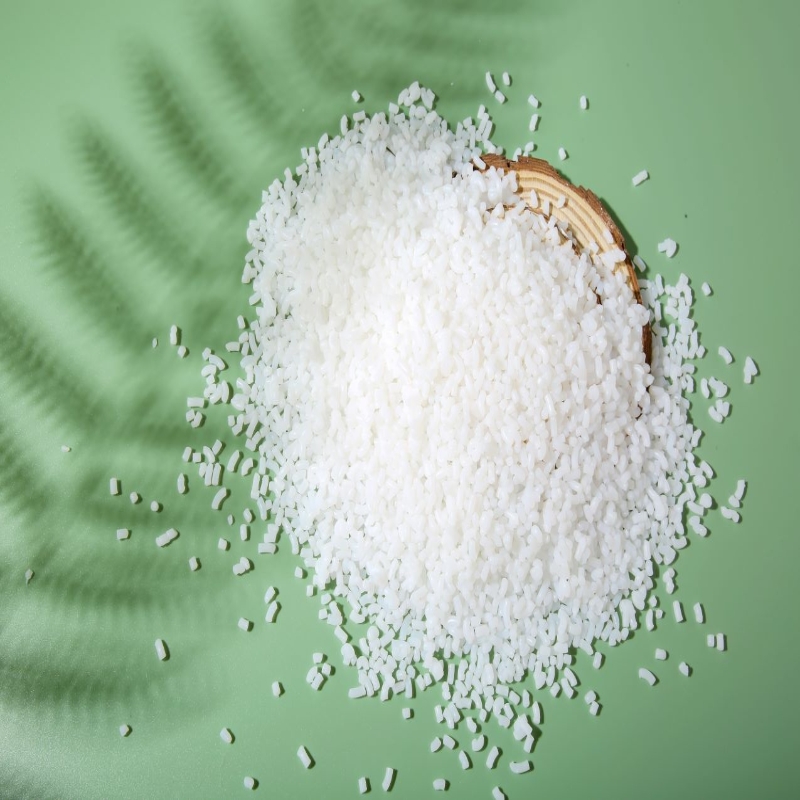-
Categories
-
Pharmaceutical Intermediates
-
Active Pharmaceutical Ingredients
-
Food Additives
- Industrial Coatings
- Agrochemicals
- Dyes and Pigments
- Surfactant
- Flavors and Fragrances
- Chemical Reagents
- Catalyst and Auxiliary
- Natural Products
- Inorganic Chemistry
-
Organic Chemistry
-
Biochemical Engineering
- Analytical Chemistry
-
Cosmetic Ingredient
- Water Treatment Chemical
-
Pharmaceutical Intermediates
Promotion
ECHEMI Mall
Wholesale
Weekly Price
Exhibition
News
-
Trade Service
A current article focuses on the development of a fluidization method to identify a connective thickener (AT) suitable for paint formulations.
in this method, the flow viscosity curve is used in the AT-emulsion polymer mixture and the AT-emulsion polymer-surfactant mixture to screen out the appropriate AT. Subsequently, the finalist AT was tested in the coating formulation to study its efficacy
.
increase in polyurethane levels leads to reduced thickening efficiency
commonly used non-harmful air pollutants (HAP) commercially available AT, i.e. Hydrophobic modified acetate thickeners (HEUR) and hydrophobic modified polyester (acetaldehyde or ketone polyether) thickeners (HMPE) were selected to study their interaction with the unique surfactant stable acrylic-polyurethane hybrid emulsion. By increasing the polyurethane content in the emulsion, a series of acrylic-polyurethane hybrid emulsions have been prepared. With the increase of polyurethane content in emulsion polymer, the thickening efficiency of AT is reduced.
the study was published in the Journal of Coating Technology and Research, July 2019, volume 16, Issue 4, pp. 1089-1098.
.







